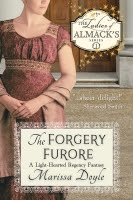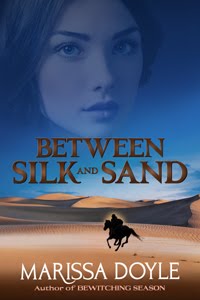 Oh, I love Marissa’s themes! I’ll have some information on bad boys in weeks to come, but I’ve been holding off on a post and it’s just itching to get out. Maybe it’s the sunshine or the fact that my wonderful critique partner Kristin has a sporty little car she drives with the top down. Either way, I keep envisioning myself tooling down the road in one of these.
Oh, I love Marissa’s themes! I’ll have some information on bad boys in weeks to come, but I’ve been holding off on a post and it’s just itching to get out. Maybe it’s the sunshine or the fact that my wonderful critique partner Kristin has a sporty little car she drives with the top down. Either way, I keep envisioning myself tooling down the road in one of these.As we’ve mentioned, carriages were the equivalent of cars in nineteenth century England. Then as now, some people drove sensible sedans, some hard-working trucks, and others piled into SUVs or minivans.
And some drove sports cars.
The high-perch phaeton was the sports car of the rich and famous. Showy and impractical, it was nonetheless the most dashing of carriages. When you drove a phaeton, you made a statement.
And you drove a phaeton. There were only two seats at most, so you couldn’t very well have a coachman driving for you. The minimal number of seats also came in handy if you were a gentleman who wanted a little alone time with a certain young lady. You weren’t required to have a chaperon like a maid along in open carriages, because everyone could see what was happening anyway, but stricter mamas couldn’t very well insist on one when there simply wasn’t room.
Phaetons were also one of the carriages of choice for those who liked to race. The idea was to set a record in time from point A to point B. One of the favorite roads was the stretch between London and Brighton.
 And speaking of favorites, I spotted one of my favorite books this morning in a local bookstore. Now you can too! Come back next week when we’ll be giving away a chance to win an autographed copy of Marissa’s Bewitching Season!
And speaking of favorites, I spotted one of my favorite books this morning in a local bookstore. Now you can too! Come back next week when we’ll be giving away a chance to win an autographed copy of Marissa’s Bewitching Season!





3 comments:
Just found this blog today following Marissa's signature on the blue board and I'm so glad I did. What a fantastic concept!
I always loved in Jane Austen's Persuasion, the passages of the guys talking about phaetons exactly like the guys I knew talked about Dodges and Chevys.
Welcome, Kate!
What I love about the print Regina posted is that fact that the driver and her companion AREN'T guys. :)
Plus she's a dab hand at driving. See the reins in one hand and her whip in the other, just like a professional coach driver? Don't mess with this chit. :-)
Welcome, Kate!
Post a Comment